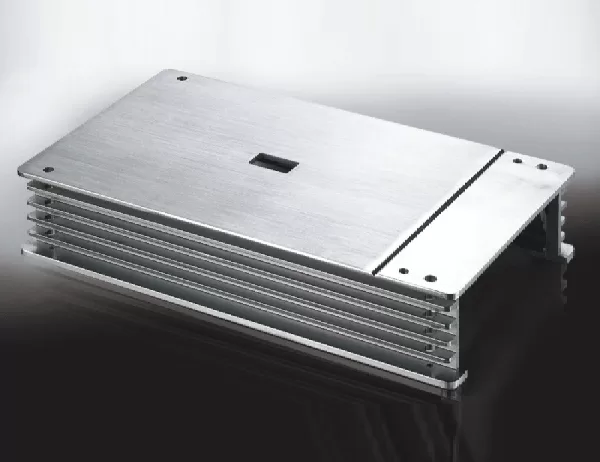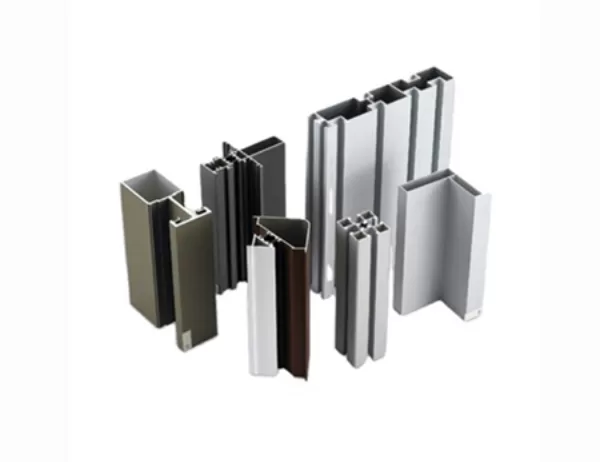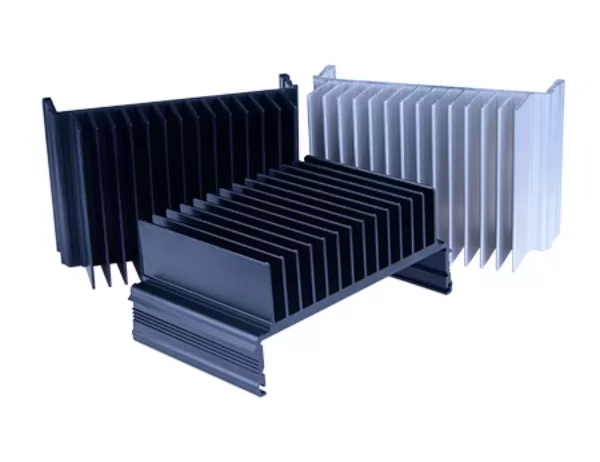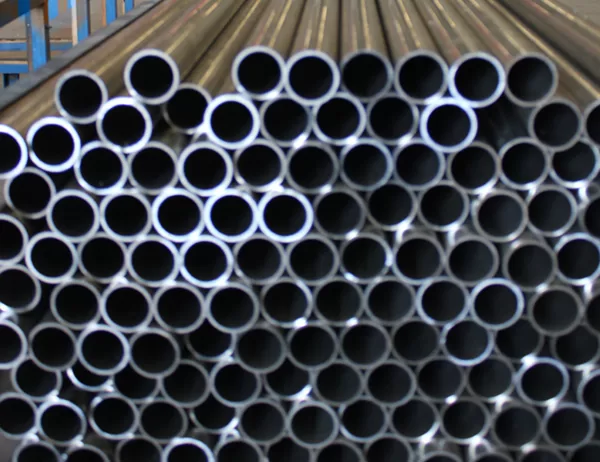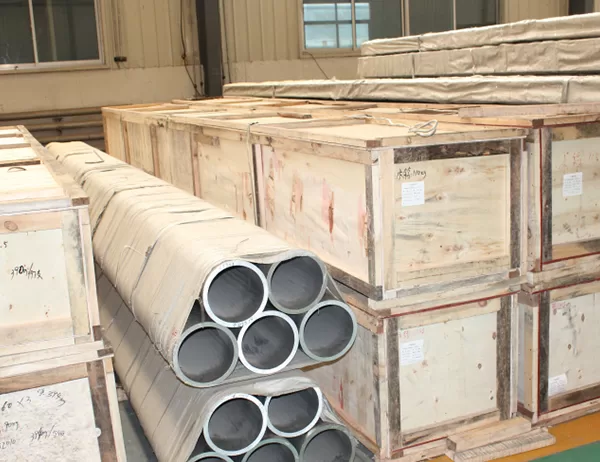Unraveling the Secrets of Thermal Conductivity in Aluminum Heat Sinks
In the relentless pursuit of technological innovation, efficiency and reliability are paramount. Amidst this quest, the intricate world of thermal management has emerged as a critical factor in shaping the performance of electronic devices. Among the materials employed to tame thermal energy, aluminum shines as a versatile and highly efficient choice for heat dissipation.
The Essence of Thermal Conductivity
Thermal conductivity, a fundamental property of materials, gauges their ability to transfer heat. In the realm of heat sinks, materials with high thermal conductivity are coveted as they can rapidly disperse heat away from sensitive components, preventing overheating and premature failure.
Aluminum: A Thermal Workhorse
Aluminum, with its remarkable thermal conductivity, stands as an ideal candidate for heat sink applications. Its lightweight nature and excellent heat transfer capabilities make it a sought-after material in electronics, power equipment, and aerospace engineering.
Factors Influencing Thermal Conductivity
The thermal conductivity of aluminum is influenced by several factors, including temperature, purity, and the presence of alloys. At elevated temperatures, the thermal conductivity of aluminum generally decreases, while impurities and alloys can disrupt the crystal structure and impede the transfer of electrons, which carry heat energy.
Maximizing Thermal Performance
To harness the full potential of aluminum heat sinks, it is crucial to optimize thermal performance. This involves selecting suitable alloys, controlling purity levels, and employing advanced manufacturing techniques that enhance the material’s microstructure. By optimizing these parameters, engineers can unlock the full potential of aluminum heat sinks and ensure efficient heat dissipation in critical applications.
Conclusion
Understanding the thermal conductivity of aluminum is vital for designing and selecting efficient heat sinks. Aluminum’s high thermal conductivity, coupled with its lightweight and corrosion resistance, makes it an indispensable material for managing thermal energy in electronic devices. By delving into the intricacies of aluminum’s thermal properties, engineers can unlock the true potential of these essential components and push the boundaries of technological innovation.
